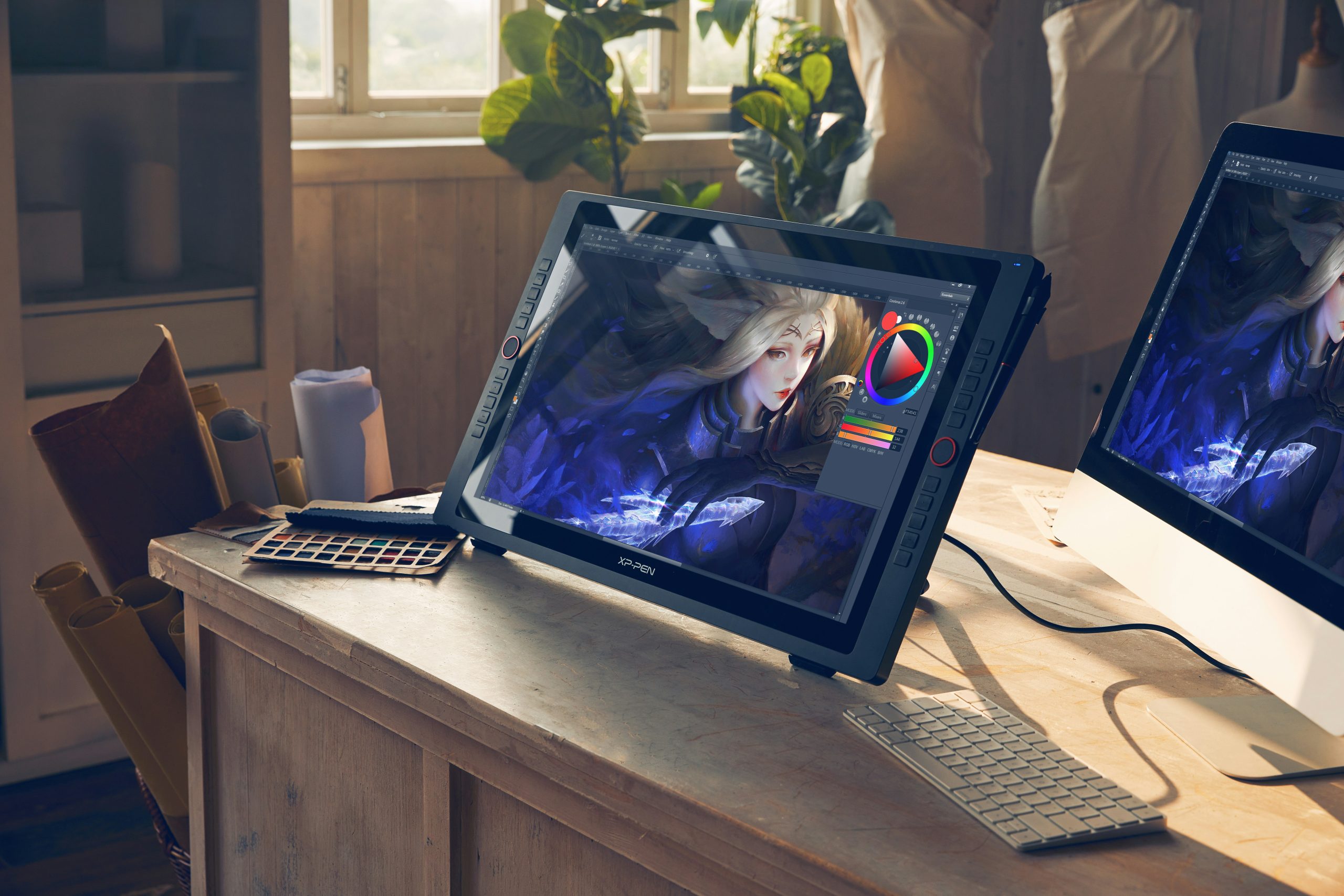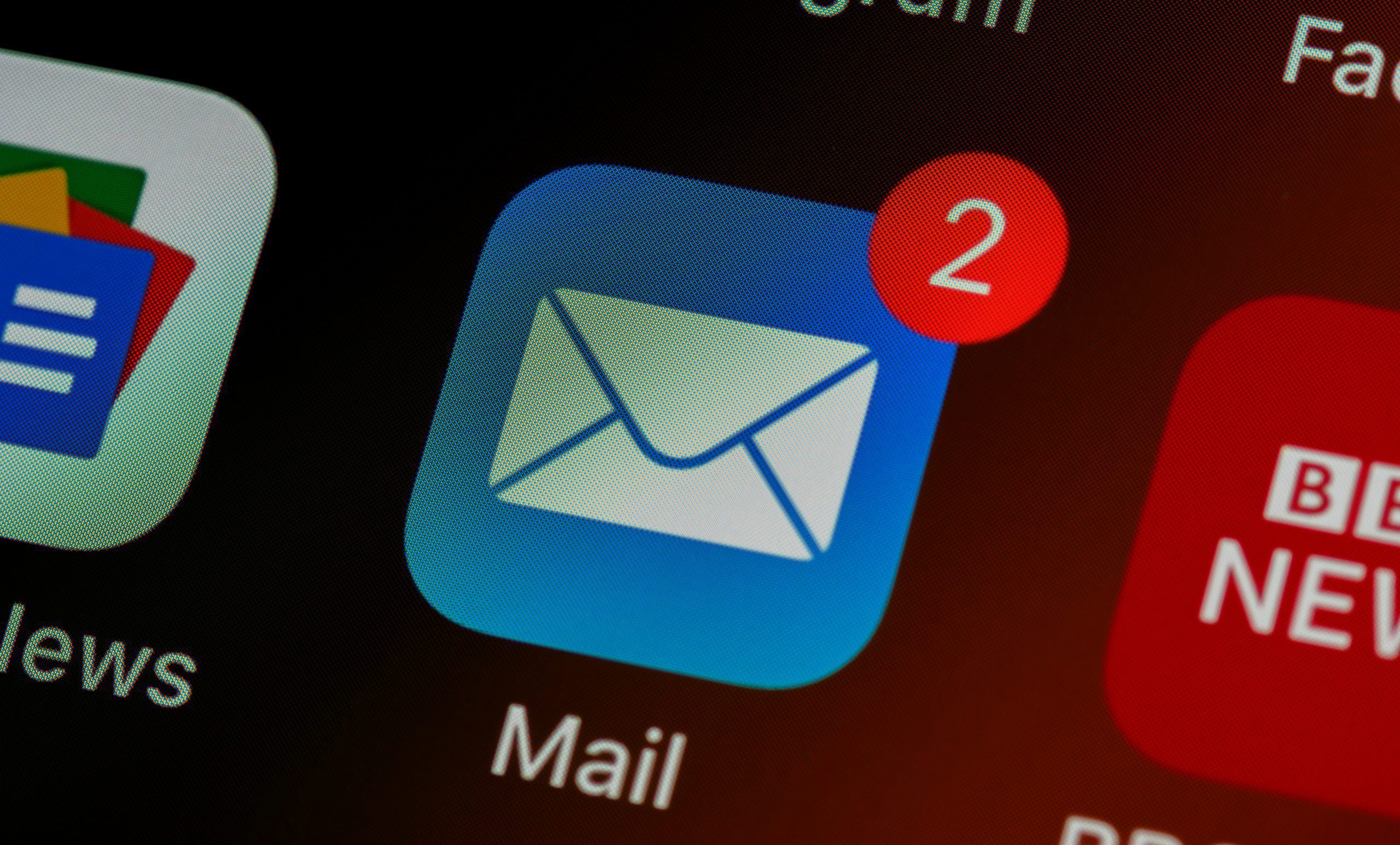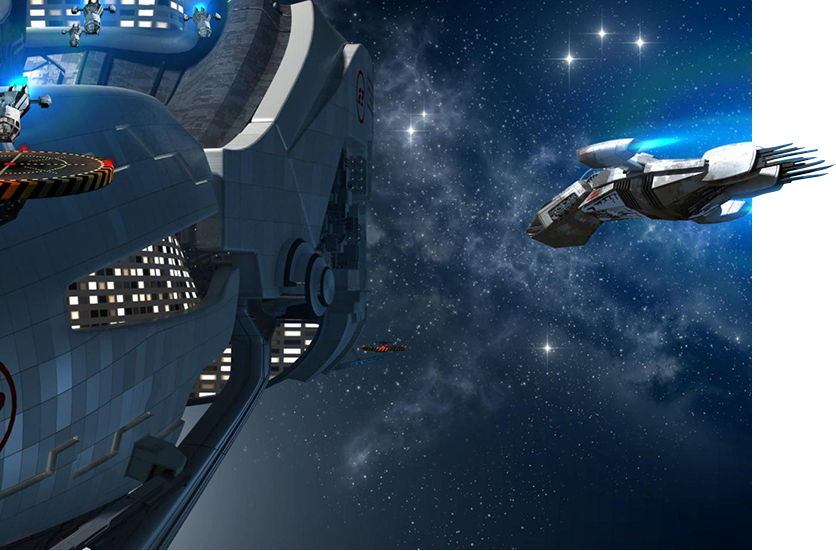We’ve all found ourselves endlessly scrolling Steam in search of our next 24-hour obsession.
The dopamine hit of a colorful picture on a never-ending feed is what keeps us on TikTok, YouTube, and Bluesky for hours: So it shouldn’t be a surprise that our brains react the same way when we’re sifting through indies on Steam. If this is your debut game, you might not have a hoard of knowledge on the effects a bad capsule art can have, or the boost in interest a good capsule image can bring.
Getting Your Game Seen Vs. Getting Your Game Remembered
The capsule image you choose has a huge impact on how gamers view your game. A capsule image should encompass the overall ‘vibe’ of your game, or at least provoke a general impression of what gamers can expect. Your capsule image will be used in coverage and as a main promotional asset. Consider including a captivating character to showcase, and keep text to a minimum. Instead, focus on the placement of your title and ensure it’s legible.
Your game is unique, so when creating your capsule image, you want to showcase what sets it apart from other games in the same genre. Someone scrolling for a roguelike deckbuilder is going to scroll a few hundred titles, so stand out and leave a lasting impression.
How Gaming Genres Influence Capsule Art
Capsule art for a cozy game should look different from, say, a first-person shooter. Reflect on the capsule art used for games like Schedule I or the Doom franchise. You can almost certainly guess what genre of game you’ll be playing without having any prior knowledge. Having a generic design might seem like a good way to entice multiple genres of audiences, but in reality, you’re losing the attention span of gamers who are looking for something that appeals to their preferences. It might help to scroll through different games that match the genre of your own, and pick up on the clichés or commonly used identifiers. Here’s a list of clichés that can be used to help identify your genre:
- FPSs / Action-combat – Include a weapon (multiple if done in a non-overwhelming manner that does not distract from the main title), crosshairs are also commonly used.
- Cozy Life Sims – Furniture, a cozy background, pastels, or greenery, if applicable to the style of game.
- Horror – The colors red and black are traditionally recognizable in this genre, a stretched or oozing font/darkness.
Quality Art, And Consistent Fonts
Research the sizing formats of the storefronts you plan on using. If your image isn’t sized correctly, it could ruin the quality. Your font across the digital space should be consistent and recognizable as being part of your media kit- (sometimes referred to as a press kit). We’ve covered the additional assets you’ll need to promote your indie, all of which will be included in your media kit.
Create a few different designs and share them with a trusted group of friends. Peer review is important, as our own opinions can be biased. If this isn’t available to you, consider creating a Reddit thread for your game and asking for community feedback.
Ensuring that your capsule art is ‘influencer thumbnail friendly’ and a good fit for your game’s marketability in its genre is peak. If you need a fresh set of eyes, message us, and we’ll be happy to take your launch campaign to the next level.
Reference:
- https://gameworldobserver.com/2022/07/18/why-eye-catching-capsule-art-is-essential-for-games-marketing-and-its-youtube-coverage
- https://www.reddit.com/r/gamedev/comments/1k24ghc/how_important_steam_capsule_art_really_is/
- https://gameifyouare.com/2021/05/18/designing-marketable-indie-game-capsule-art-for-steam-and-other-platforms/









